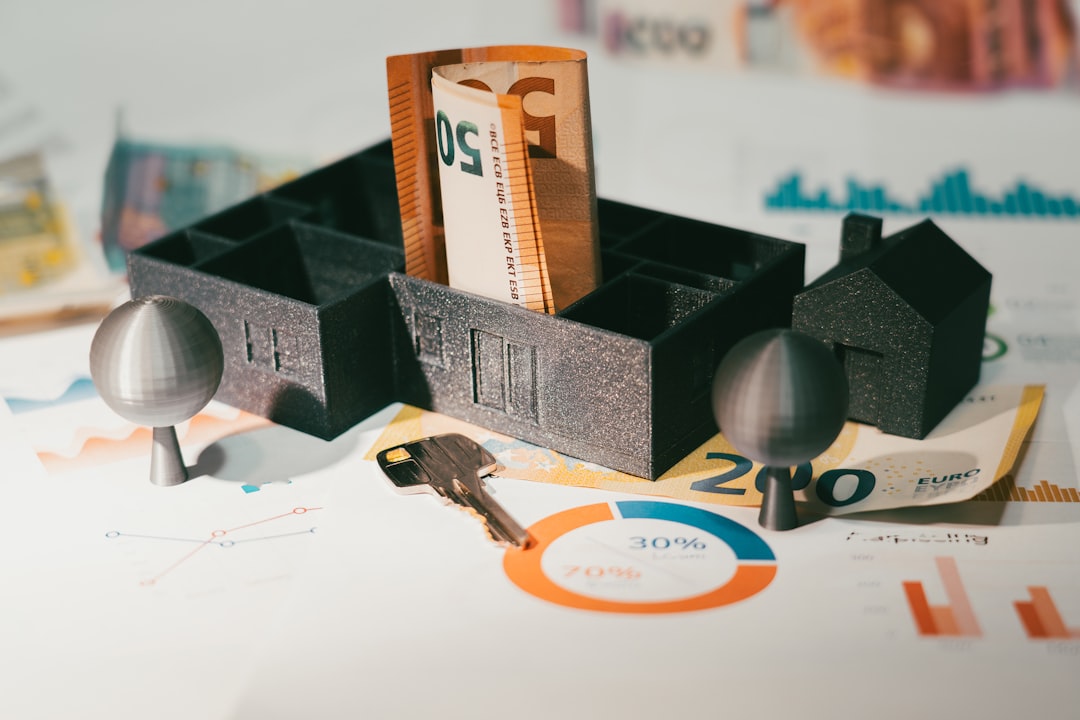Unsecured consolidation loans streamline multiple high-interest credit card debts into a single loan with lower rates, simplifying payments and saving money long-term. Success requires qualifying for the loan, making timely payments, and understanding associated fees. This method is ideal for eliminating interest charges on accounts with varying due dates and rates, offering a strategic, time-saving solution for debt management.
Struggling with multiple credit card bills? Unsecured consolidation loans could be your path to financial freedom. This article guides you through understanding and utilizing these powerful tools to simplify debt repayment. We’ll explore the benefits of unsecured credit card debt consolidation, from reduced monthly payments to improved credit scores. Learn a step-by-step process for securing a loan and discover additional tips to optimize your repayment strategy, offering a clear roadmap to financial stability.
- Understanding Unsecured Consolidation Loans: How They Work
- Benefits of Using Unsecured Credit Card Debt Consolidation
- Step-by-Step Guide to Secure a Loan and Repayment Strategy
- Additional Tips for Effective Monthly Payment Reduction
Understanding Unsecured Consolidation Loans: How They Work

Unsecured consolidation loans are a popular strategy for managing credit card debt. They work by combining multiple high-interest credit cards into a single loan with a lower interest rate. This simplifies your monthly payments, making them easier to manage and potentially saving you money in the long run. The lender offers this loan based on your creditworthiness, without requiring any collateral, hence the term “unsecured.”
With an unsecured consolidation loan, you’ll pay off your creditors in full, ending all interest charges on those accounts. This can be particularly beneficial if you have multiple cards with varying due dates and interest rates, as it streamlines your repayment process. The key is to ensure you qualify for the loan, maintain timely payments, and understand any associated fees or penalties to make this debt-reduction method a successful one.
Benefits of Using Unsecured Credit Card Debt Consolidation

Debt consolidation is a strategic approach to managing multiple credit card debts by combining them into one loan with potentially lower interest rates and more manageable terms. One of the most popular options is unsecured consolidation loans, which offer several advantages for individuals looking to simplify their financial obligations.
With an unsecured consolidation loan, borrowers can say goodbye to the hassle of multiple monthly payments across different credit cards. This simplicity not only eases the administrative burden but also helps in saving time and effort. Moreover, these loans often come with lower interest rates compared to individual credit cards, allowing borrowers to reduce the overall cost of their debt. Unsecured consolidation loans provide a fresh financial start, making it easier to stick to a repayment plan and ultimately achieve debt freedom faster.
Step-by-Step Guide to Secure a Loan and Repayment Strategy

When considering credit card debt consolidation, one of the primary options is securing an unsecured consolidation loan. Here’s a step-by-step guide to help you navigate this process effectively:
1. Assess Your Financial Situation: Begin by calculating your total debt and understanding the interest rates on each credit card. This will inform your budget and repayment strategy. Compare the costs associated with different cards, focusing on those offering lower rates or promotional periods for balance transfers.
2. Research Unsecured Consolidation Loans: Explore financial institutions that offer unsecured consolidation loans. These loans are not backed by collateral, making them accessible to a broader range of borrowers. Bank and credit unions often provide competitive rates for such loans. Read reviews, compare terms, and ensure you understand the repayment schedule and any fees involved.
3. Calculate Your Loan Repayment Plan: With your loan approved, create a detailed plan for repayment. Break down your monthly payments into manageable installments that align with your budget. Prioritize paying off high-interest debts first to minimize overall interest costs. Set up automatic payments to avoid late fees and ensure consistent progress towards debt elimination.
4. Stick to Your Repayment Strategy: Consistency is key when repaying your loan. Adhere strictly to your repayment plan, making on-time payments each month. Avoid unnecessary expenses that could hinder your progress. Regularly review your budget to identify areas where you can cut back and allocate those savings towards debt reduction.
Additional Tips for Effective Monthly Payment Reduction

To maximize your monthly payment reduction, consider these additional tips. One effective strategy is to explore unsecured consolidation loans, which can help streamline your debt by combining multiple high-interest credit card balances into a single loan with a potentially lower interest rate. This simplifies your payments and can significantly reduce the overall cost of your debt over time.
Additionally, prioritize paying off debts with the highest interest rates first while making the minimum payments on others. This “avalanche” method not only reduces your overall monthly payment burden but also saves you money in interest charges. Regularly reviewing and adjusting your budget is crucial to ensure that you’re allocating funds efficiently towards debt repayment.
Credit card debt consolidation can be a powerful tool to simplify your financial life and reduce monthly payments. By exploring options like unsecured consolidation loans, you gain access to tailored strategies for managing and repaying your debt efficiently. With the right approach, including a solid repayment strategy and additional tips mentioned, you can navigate this process effectively, save money, and move towards financial freedom. Remember, understanding Unsecured Consolidation Loans is key to unlocking these benefits and achieving a healthier financial future.
